Embedding Growth Mindset Practices: The Toolkit Version
Key Points
-
In order to create a learning culture that embraces a growth mindset, one must create a safe learning environment that honors all learners, experiences, and cultures.
-
Rebecca Midles shares a downloadable Growth Mindset Toolkit for education leaders.
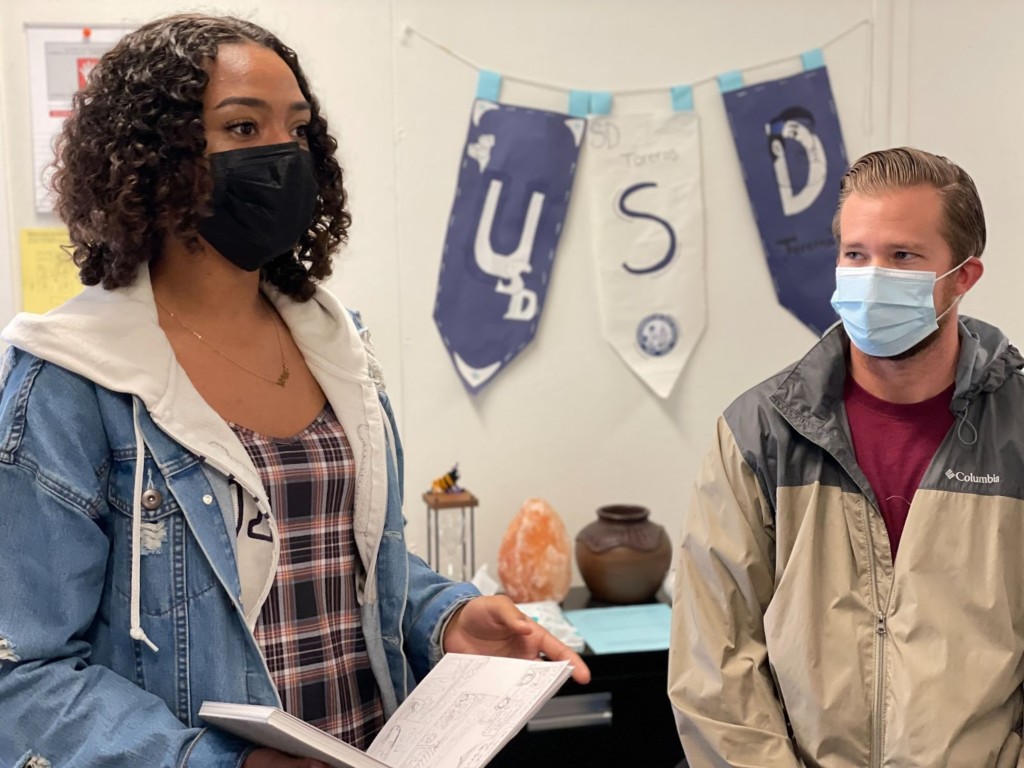
Building a growth mindset culture does not stop at awareness. In order to create a learning culture that embraces a growth mindset, one must create a safe learning environment that honors all learners, experiences, and cultures; teach learners the basics of learning science so they better understand conditions, context, and thriving; and practice giving feedback in thoughtful ways. It is critical that teachers don’t under-expect what students can do, and to address the harm caused by systemic racial inequities in education. Educators need to believe that their historically underrepresented students can successfully engage with the same rigorous content as their dominant-culture peers.
Implementing the following strategies and tools for learners helps them feel empowered in both their learning and their ability to impact their growth. For more details on each step and the origin, read our first article on the steps, Five Steps to Build Growth Mindset Culture.
Build Relationships and Trust
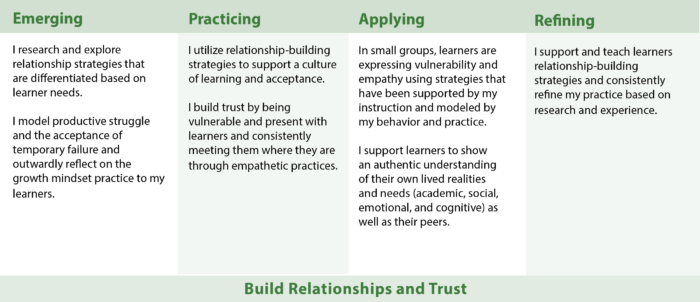
Strategies and Considerations to Grow Practice:
- Select or create mechanisms to capture student voices on a daily basis and foster collaboration.
- While designing learning, consider how students will know that they’re being heard.
- Practice validating and affirming learners for the contributions, they are more likely to feel seen and ready to learn.
- Design learning opportunities that put student ideas at the center of instruction, signal respect and value of students’ thinking.
- To make space for trust to be earned and praise to be received, use the “Four Elements of Trust” (consistency, compassion, competence, and communication).
- Consider how you will learn and gather insights into how students feel about themselves and how they learned or didn’t learn on a particular day.
The Brain and How Learning Works
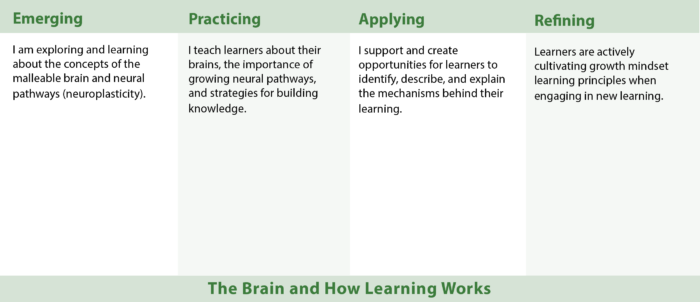
Strategies and Considerations to Grow Practice:
- This can include a phased approach to teaching the science, but the most important part is explicitly teaching that the brain is not fixed at birth and that it changes and grows.
- Share and review videos on how the brain works. An example is a series of videos on neuroplasticity.
- Supplement curriculum across teams through supports such as the MindUP Curriculum. This resource provides K-8 resources for How Your Brain Works. (Example video for grades 3-5).
- For parent support in teaching about the brain, MindsetWorks refers to this work as Brainology and Growing Early Mindsets (GEM), and more can be found on their website.
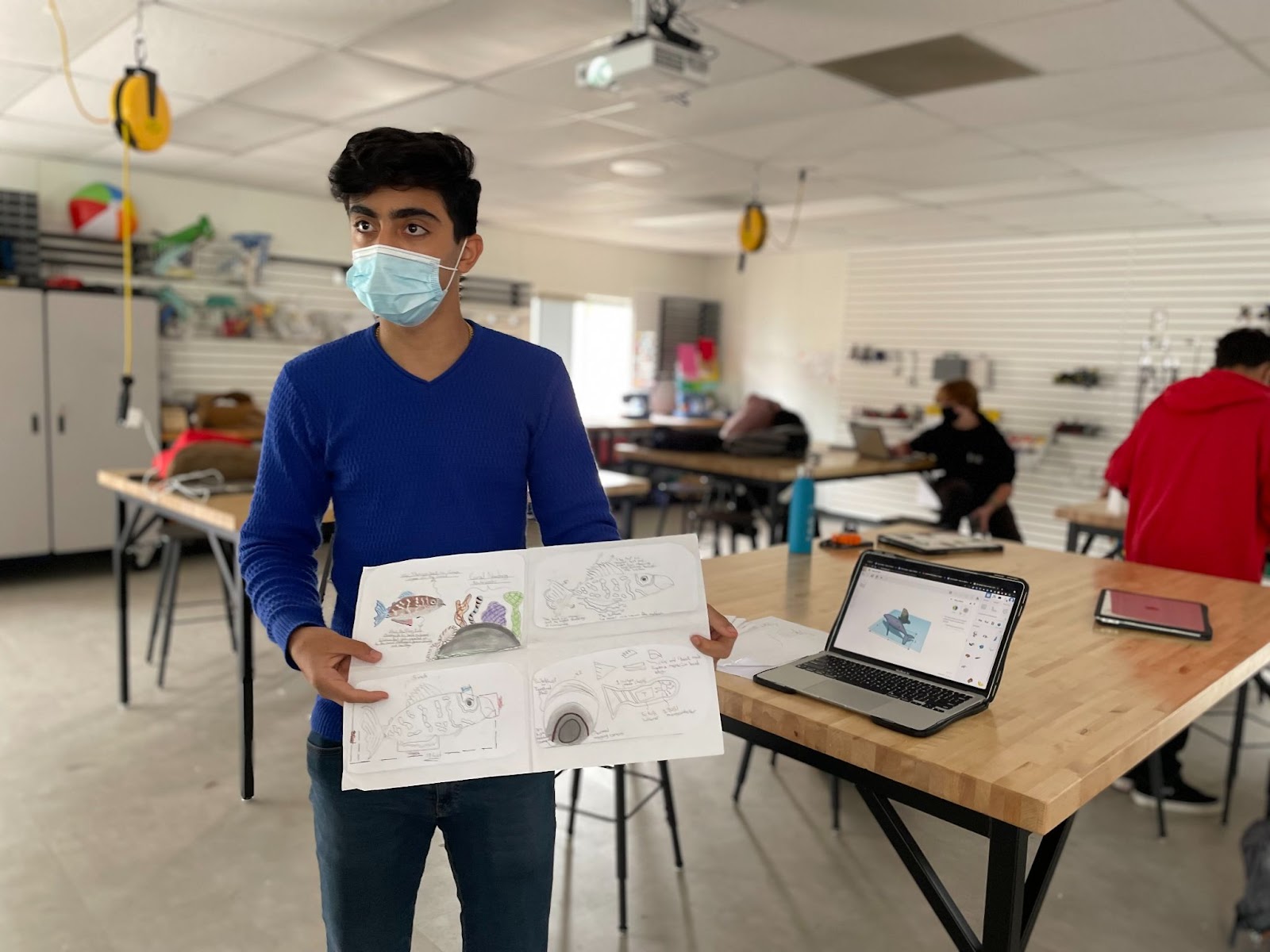
Mindsets and Difference Between Growth and Fixed
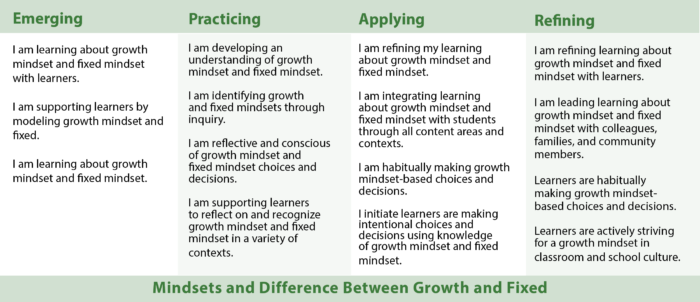
Strategies and Considerations to Grow Practice:
- The Mindset Continuum chart identifies mixed mindsets and begins to show the progression and provides identifiers for growth.
- There are a number of common misconceptions about learning cultures, and it is worth getting familiar with a few of the many recent articles addressing them.
- MindsetWorks provides many resources for teaching about mindsets.
Feedback and the Power of Praise
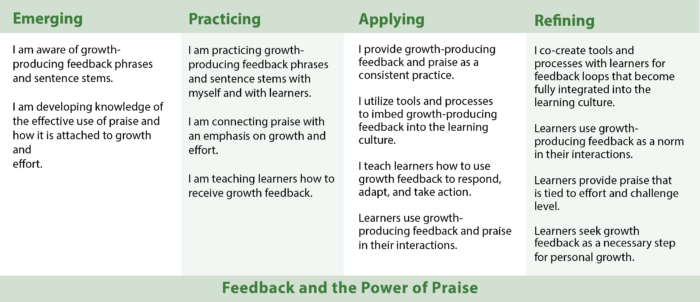
Strategies and Considerations to Grow Practice:
- The most important step to provide feedback is to first establish trust through relationship building. Liberatory Design Implementation Cards reflect the design mindsets commonly used at the Stanford d.school and feature activities like “Building Relational Trust.”
- Consider tone and quality of feedback in a coaching approach. More about strategies in this article from Edutopia. For general feedback protocols, School Reform Initiative (SRI) shares a protocol chart for identifying warm, cool, and hard perspectives.
- Explore suggested sentence stems like the ones provided by Mindset Works and review them to help grow a feedback toolkit of phrases. Make a copy of these sentence frames and circle ones that you already do (give or take a word/style) and practice adding one or two to your feedback toolkit.
- The popular athletic training website TrainUgly shares helpful videos on the power of praise and highlights that we have three ways to give feedback: Person, Process, and Outcome and shows how PROCESS can be the most effective.
- NEA and All For Equity shared a recorded webinar titled “Building Trust in Indigenous Communities” and MDRC and The Education Trust have a helpful brief on “The Importance of Strong Relationships.”.
Self Talk and Using Your Inner Voice
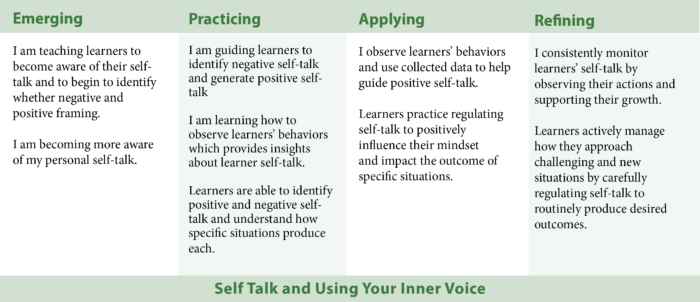
Resources:
- One place to start is through intentionally cultivating mindful observations of your learners that are more like running records than quick assumptions. Kristine Mraz and Christine Hertz Hausman expand on this further in their book A Mindset for Learning, with a chart of observable behaviors of learners and the examples of self-talk that may be occurring.
- You could also generate a class list by collecting examples of nonproductive self-talk and brainstorming alternatives. Classmates can then practice this with a trusted partner, or as trust and the culture grows this list can be posted for peers to support one another.
- The best way to teach self-talk or awareness of self-talk is to model it. Modeling as a teacher and as a learner. Let learners know what you are thinking when you receive feedback (even better when it is from them after a unit of study!) or make a change in your planning of learning. Practicing ‘think alouds’ is an easy add and provides great modeling.
- Digital Promise also provides some positive self-talk resources and strategies on their Literacy 7-12 site.
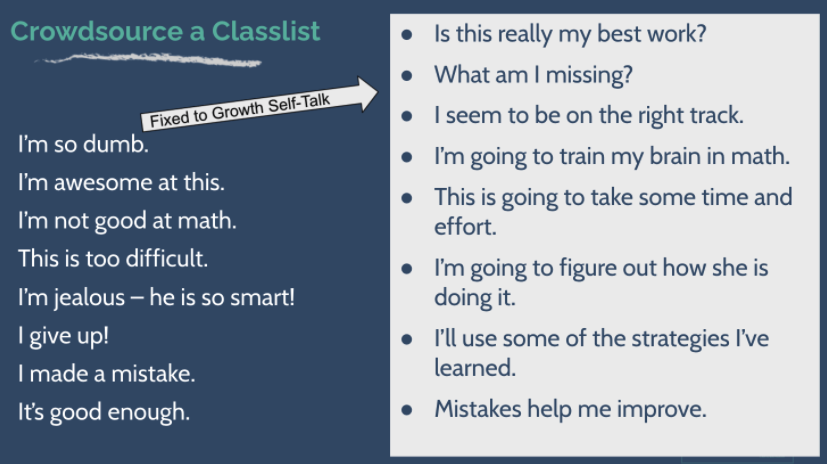
Looking for support designing your next campaign? Wondering what’s next in education and how to support transformation at your district? We’d love to help! Learn more about the services we offer here or contact Jessica.
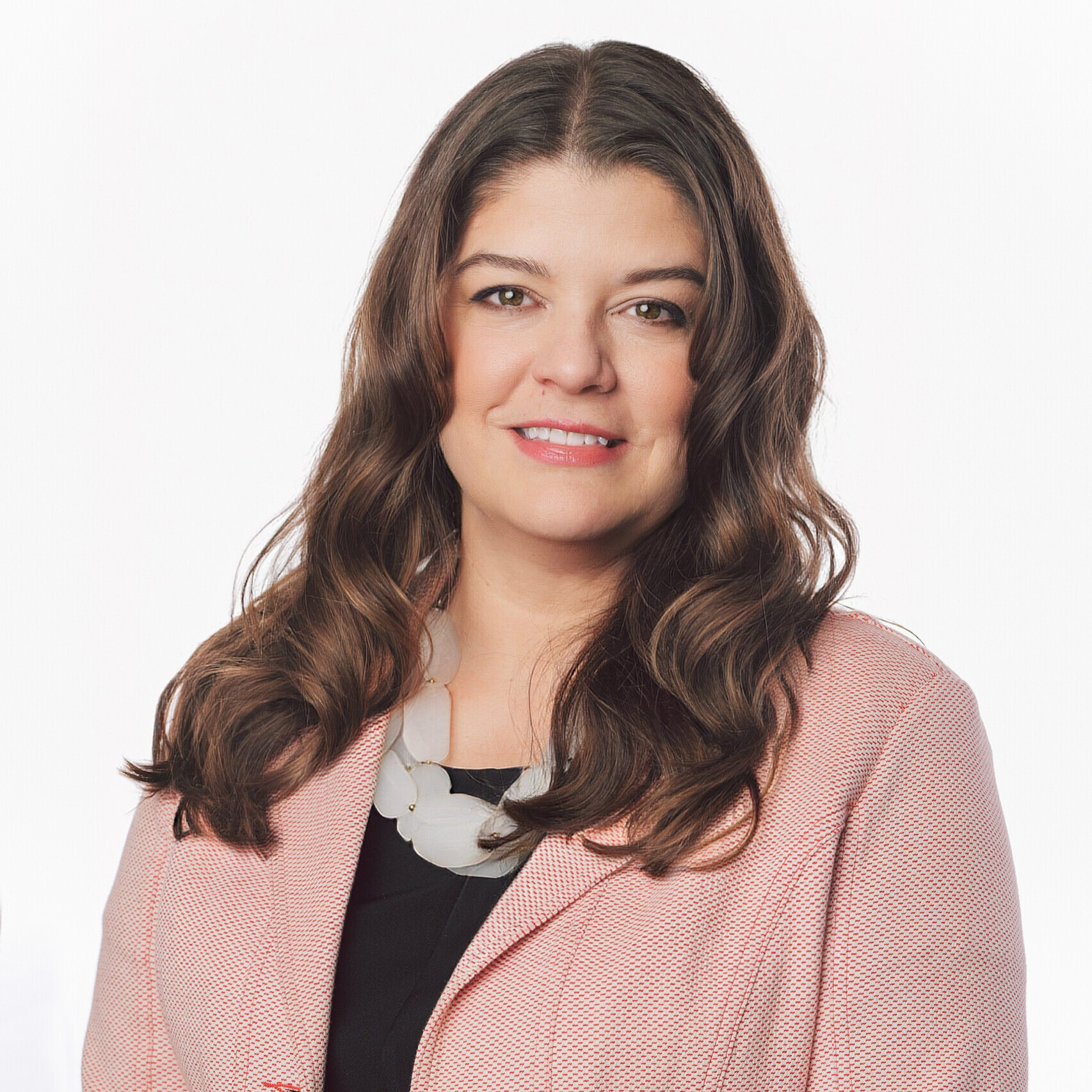

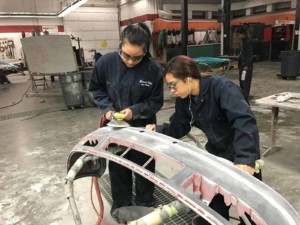
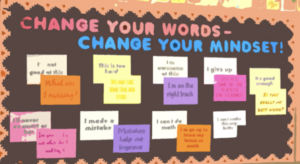
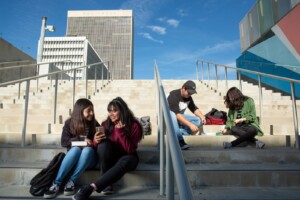
0 Comments
Leave a Comment
Your email address will not be published. All fields are required.